Types Of Putters In Golf


Fore! Quick note: a few links here are affiliate links. If you snag gear through them, I earn a small commission — no extra strokes added to your game.
Golf can be a real puzzle, but the putter? That’s your closest friend on the green. Putters are like the cherry on top of the golfing sundae – the delicious finish. They come into play at the most crucial time …when you’re trying to land the ball in the hole. There are various kinds, each designed for specific needs. The golf viking is here to help you to figure out what the difference is and what you should personally be using on the golf course.
When you step onto that green, the putter in your hand is more than just another club. It’s your ace in the hole, the secret weapon that’ll get you past the finish line with panache. But what’s up with all the different kinds? That’s the question many a golfer – whether newbie or pro – asks.
So here’s the deal, putters can differ quite a bit, and it’s useful to get to know the main types out there. Whether it’s a blade putter for precision or a mallet putter for forgiveness, there are options to suit different playing styles and preferences. And yes, there are definitely different kinds of putters designed for varying golfing challenges.
Imagine you’re putting on a tricky surface – you might want a specific putter to manage that situation. From the more traditional blade putters to the increasingly popular mallet putters with their unique designs, understanding the mix can help take your putting to the next level.
Even though every putter aims to do the same thing – knock that ball into the hole – they each have distinct characteristics that make them special for different scenarios. So, recognizing these differences isn’t just knowledge for the sake of it – it’s key to improving your game.
When exploring the different putter styles, it’s important to know which ones help with accuracy. Take a look at the most accurate golf putters.
Ready to level up your golf game? Click here.
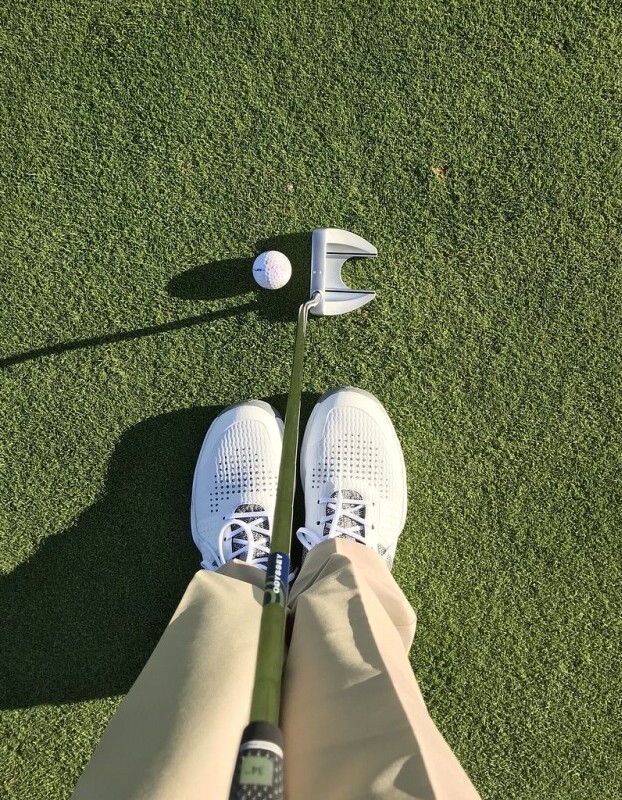
The Need for Different Putters
Golfing is one of those sports where you quickly learn that one size definitely doesn’t fit all. Different courses, varying terrains, and personal playing habits all influence which putter will work best for you at any given time. Each of these elements calls for a specific tool, and this is where having different putter options comes into play.
Every golfer knows their style is as unique as a thumbprint. Whether you’re someone who favors a smooth, gentle stroke or someone who prefers a bit more force, the type of putter you choose can make or break your game. The trick is to match that tool with your personal style, just like picking the right length of bat in baseball or choosing between sneakers for running or hiking boots for a trek.
Rolling the ball across various greens requires more than sheer luck; it demands a putter that suits the ground beneath your feet. Fast greens, slow greens – each type calls for a different approach, and consequently, a potentially different putter. So it may not only come down to your game, but the situation you find yourself in on the course.
Imagine showing up to play and finding yourself on an unfamiliar green. Suddenly, that trusty putter that works wonders on your home turf might not be as effective. This is where having a variety of putters becomes super helpful, tailoring your gear to match the green’s texture and pace. Using the right putter for the right green can transform your game from struggling to smooth sailing.
Some putters are designed to give you better control on long putts. If distance consistency is your challenge, check out the best golf putters for distance control.
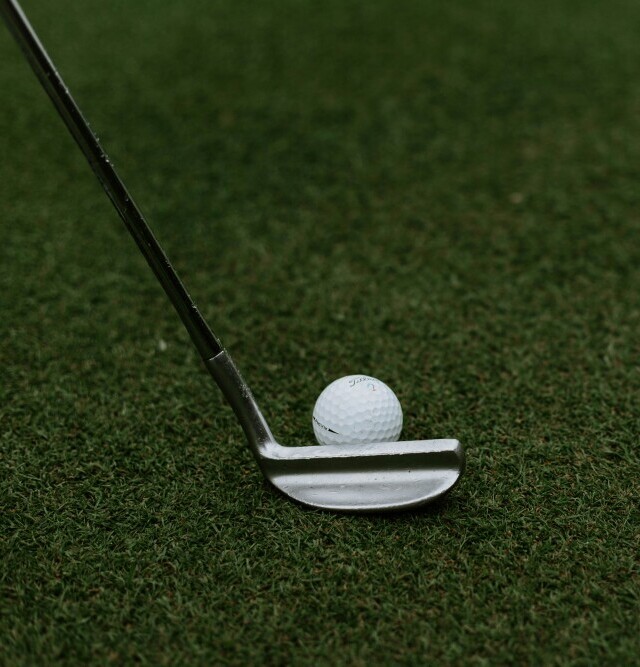
Detailed Breakdown of Putter Types and Their Purposes
Golf putters aren’t just simple sticks with which you whack a ball. There are a few main types, each with their specific traits and uses. Let’s walk through the major categories – blades, mallets, and those fancy high-MOI putters.
Blade putters are the classic choice that many old-school golfers swear by. They’re all about precision. Typically, they’re best for those who can keep a steady hand and have a smooth stroke. These putters are straightforward but don’t let that simplicity fool you. They’re perfect when you need that delicate touch, especially on shorter putts.
Mallet putters come with a chunkier head, offering a bit more heft. The extra weight gives you a sense of control and can help you smoothly guide that ball to the cup. For golfers looking for more forgiveness on mishits or those who prefer a straight-back-and-through stroke, the mallet putter is the MVP. The design can help stabilize your shots and is usually more forgiving than your traditional blade.
High-MOI (Moment of Inertia) putters add another layer of sophistication. They’re designed to resist twisting, providing more forgiveness and stability, especially on off-center hits. These are perfect for those who sometimes struggle to hit the sweet spot every time. With a high-MOI putter, your putts can become more consistent even if you’re off by a hair.
Selecting between these types is all about understanding your individual strengths and weaknesses. Maybe your hands tremble a bit during that big tournament – a mallet might steady the nerves. On the other hand, if precision is your middle name, a blade could be your best bet. High-MOI putters offer a safety net when it comes to accuracy, giving confidence to players needing that extra cushion.
Remember, it’s not just about having the latest and greatest. Picking the right putter should feel personal because it is. After all, the right fit can help elevate your putting game from good to great. So what type of putter is best for you?
If you’re on a budget but still want quality, certain putters stand out. Explore the best budget-friendly golf putters.
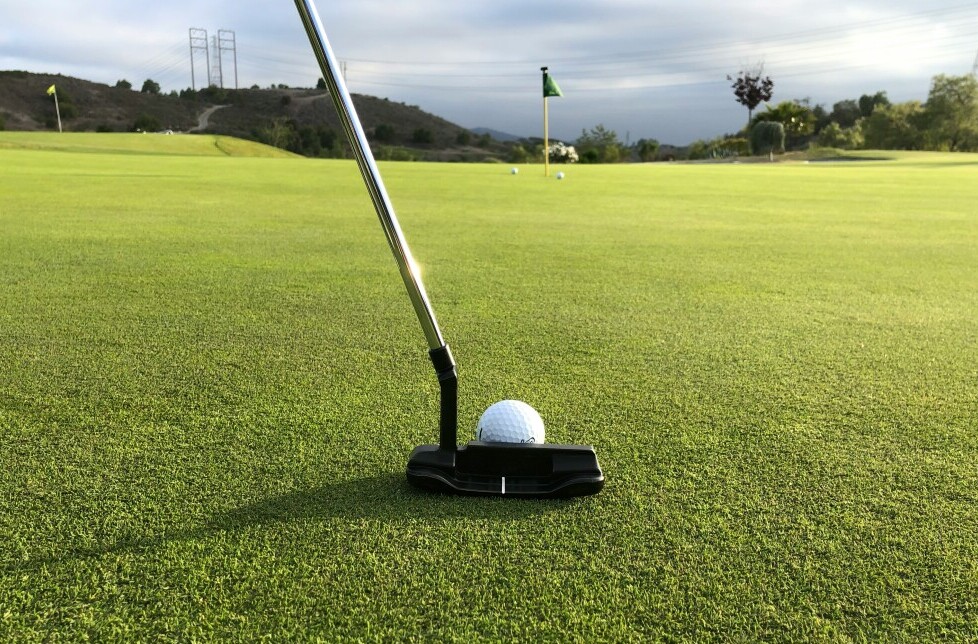
A Comparative Analysis and Closing Thoughts
Choosing the right putter can be a game-changer, but it’s not always straightforward. Different putters excel in various conditions, and understanding that can give you a significant edge on the green. Your style of play and even the course itself can help determine which type of putter will be the best choice. So let’s get into it.
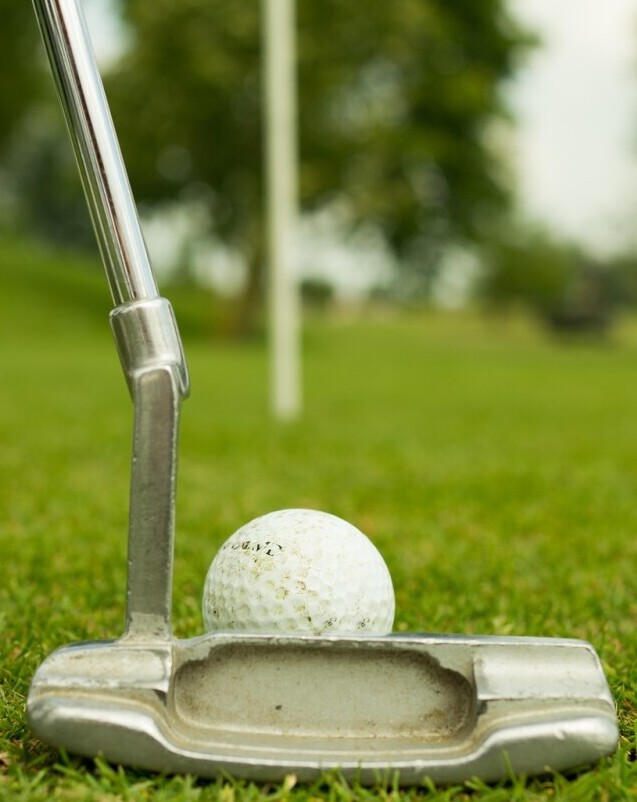
Blade Putters
Blade putters are like finely-tuned instruments, offering precision in the hands of those who can handle them well. They work best on greens with a consistent pace where touch and feel reign supreme. Blade putters allow you to have that finesse on the greens.

Mallet Putter
Mallet putters, with their heavier heads, are excellent for golfers who value stability. They’re typically better on slower greens where a bit more oomph can be useful. The extra weight provides that needed balance, helping you guide your putts with confidence. You may need to get used to the weight difference from a blade putter, but with practice comes a steady and solid putt swing.
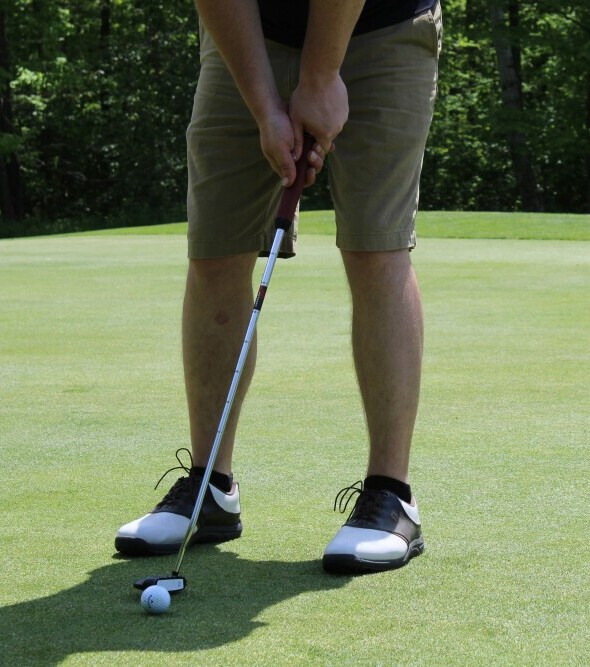
High-MOI Putters
High-MOI putters shine on those unpredictable greens. If you often find yourself dealing with varying speeds or slopes, their ability to offer forgiveness on off-center hits can be incredibly beneficial. So these putters can be helpful particularly on courses with a lot of slope and elevation on their greens.
So, what’s the verdict? Finding the right putter is about matching it with the environment and your unique swing style. Consider trying a few different types on various greens to see which feels right under different conditions. Test out the different types to see which has the best feel for you. Ultimately nobody knows what feels best better than you, so try them all out and you be the judge. This of course doesn’t mean that you can’t use multiple putters in your bag.
Keeping a versatile selection at hand can prepare you for any challenge on the course. Whether you’re aiming for finesse, power, or stability, knowing you have the right gear can boost your strategy and your scores. Well you now have the decision to make on which type of putter is going to help you elevate your green game. I’ll see you out on the course…with your new putter!
Choosing the right putter is also about improving your short game overall. Get key tips in short game mastery.


